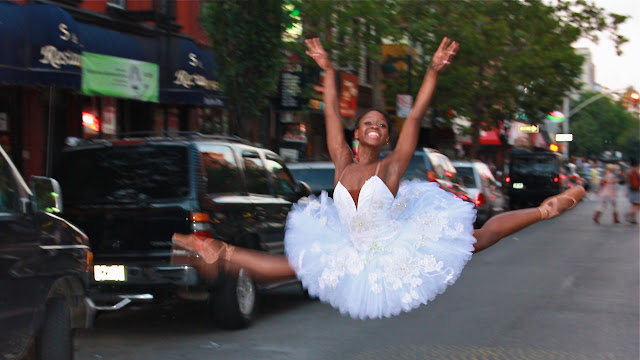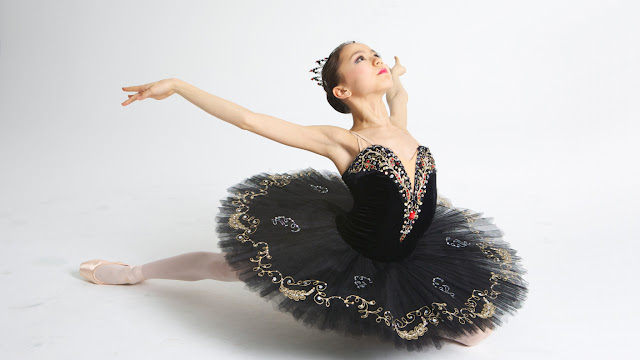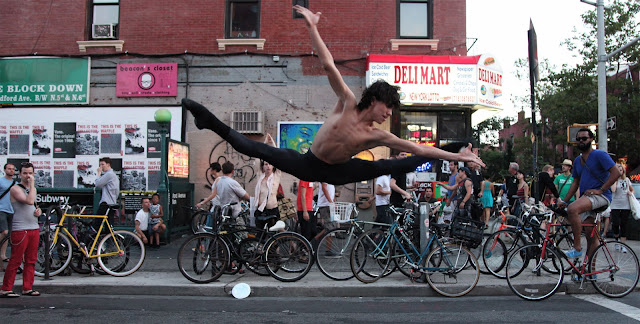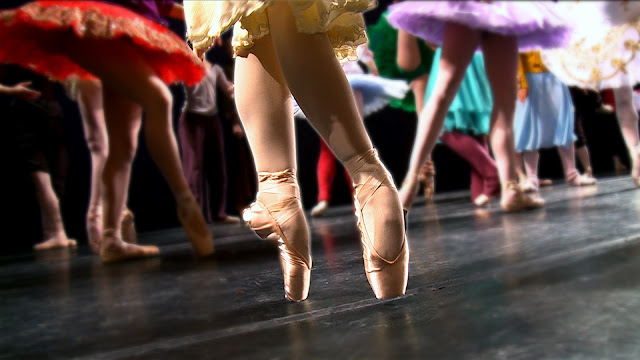Not everyone has an appreciation for the talent, resolve, and effort required for a person to become a professional dancer. Ballet looks effortless and graceful with its artistry and embellishment of shapes but it is as complex as learning a new language.
First Position, a Sundance documentary by Bess Kargman, focuses on seven children who are preparing for the Youth American Grand Prix finals in New York (one of the world’s premier competitions). The Grand Prix starts with 5,000 entrants and ends with 300 contestants. These seven featured dancers train so hard for just five minutes onstage to prove why they deserve a scholarship to a world-renowned ballet conservatory and a contract with a professional ballet company. Winning can make or break their careers.
Even if you are not a dancer, watching First Position will give you a view of a dancer’s life you may not have had before. Dancers train more hours a day than a professional athlete. Watching them makes it easier to recognize all the hard work and endless hours put into their craft.
Young dancers give up a lot of their childhood. They are usually home-schooled to allow more time for training. They must have tremendous support from their family. Many dancers’ families move or travel far to be where the ballet training is best. Dancing is a commitment of time, emotion and money. On top of that, dancers endure physical pain making their bodies do unnatural things. The fierce competition and stress don’t stop these seven dancers and their families from trying to achieve their dreams…it’s inspiring!
Ballet dreams are harder to achieve today because of the economic environment…companies are having to let dancers go. There are fewer openings for positions and this makes today’s young dancers work even harder to try to achieve what seems impossible. Scholarships are hard to come by and dancers need them because along with the training, tutus and pointe shoes are so expensive.
The hunger and the need to dance for these seven can be seen on stage and is breathtakingly gorgeous. That’s what judges are looking for…that star quality that will make the audience so engaged that they’ll pay for many more performances in the future.
 |
| Aran and Gaya, both age 11 |
“I love ballet so much it’s hard to explain,” says eleven-year-old American Aran Bell. Aran is one of the seven dancers followed in the documentary. He lives in Italy with his military family (who are extremely supportive). His father willingly took a tour of duty in Kuwait to keep Aran with his teachers in Naples, Italy. It’s easy to fall in love with him because he’s tries so hard and has a very likable personality. I think Israeli dancer, Gaya Bommer Yemini, who is also eleven feels the same way…she has a sweet crush on Aran.
Aran’s French teacher tells him, “You’re not jumping, you’re flying!” Aran says sometimes ballet is painful (speaking about his teacher’s corrections of slapping his belly and pulling his head up).
 |
| Michaela, 14 |
Michaela DePrince, fourteen-year-old war orphan from Sierra Leone was adopted by a Jewish family in New Jersey. Michaela doesn’t fit the stereotype for a ballerina…with a muscular athletic body and impetigo she proves that black girls can be light and graceful ballerinas. Michaela’s story is the most heart wrenching…with her hopeful heart and painful past she overcomes what seems impossible.
 |
| Miko, 12 |
Miko Fogarty, a twelve-year-old from Northern California is talented and has more hunger to dance than her ten-year-old brother Jules who doesn’t seem to have the heart his mother wished he did.
 |
| Joan, 16 |
Joan Sebastian Samora, left his family in Colombia to train in New York. He wants to be able to support his family back in Colombia, where he knows there are no opportunities for his future.
 |
| Rebecca, 17 |
Rebecca Houseknect, seems to be the most “normal” child. She was a cheerleader in a suburban high school, likes all things pink and being called a princess.
As the Grand Prix begins, the audience is rooting for all of them. These seven dancers are so young to be so serious; it’s their determination that keeps you on the edge of your seat and reminds you of what it’s like to have a dream. It’s always enjoyable to recognize and appreciate youthful exuberance and inspiration as they combine with great effort toward an honorable goal.




